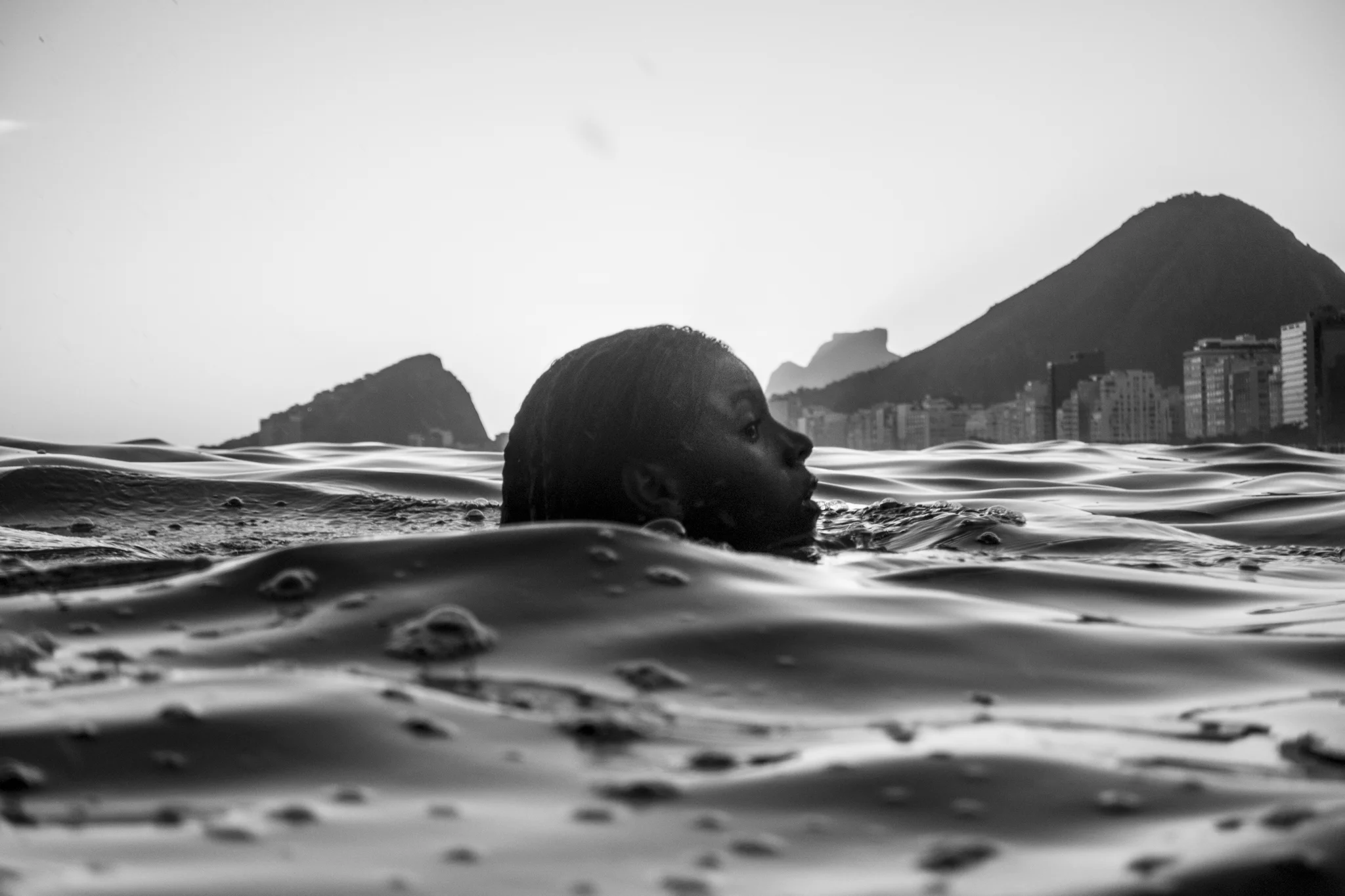
Riot de Janeiro
Despite clamorous delay, Brazil hosted the FIFA World Cup 2014. The event will be remembered as the most expensive edition of all time, with over 15 billion dollars spent in a country still dealing with huge poverty and social inequalities. Thousands of Brazilians took to the streets in protest against the waste of public money whereas others, waited impatiently for the Cup perceiving demonstrations as annoying and revealing this way, a sharp break into Brazilian society's equilibrium.

A policeman with a spit on his visor, during anti World Cup clashes in Copacabana. Military police was criticized by 70% of population for violations in the use of strength.
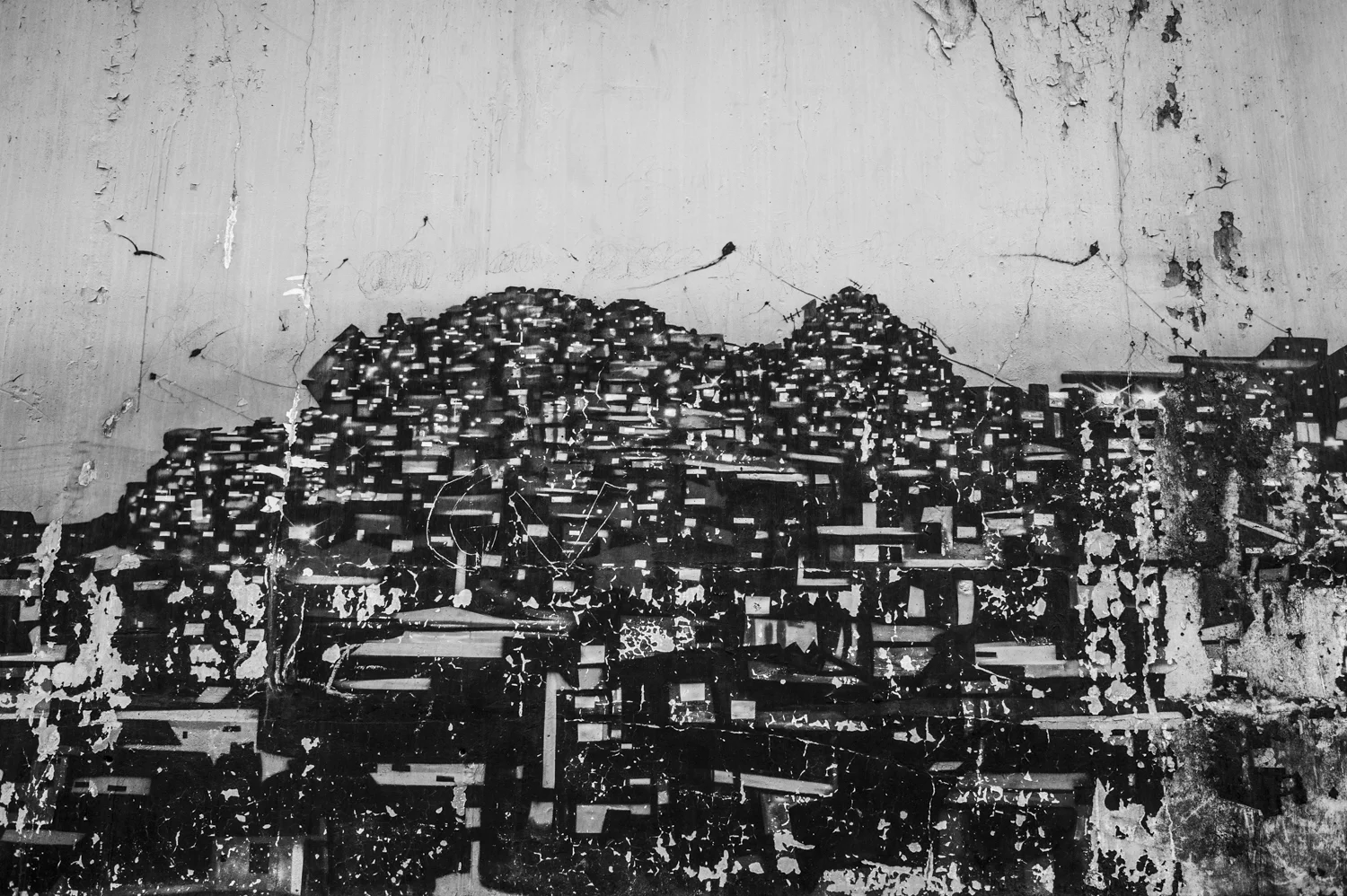
Graffiti art marked with the initials of Comando Vermelho, Rio de Janeiro's stronger criminal organization.
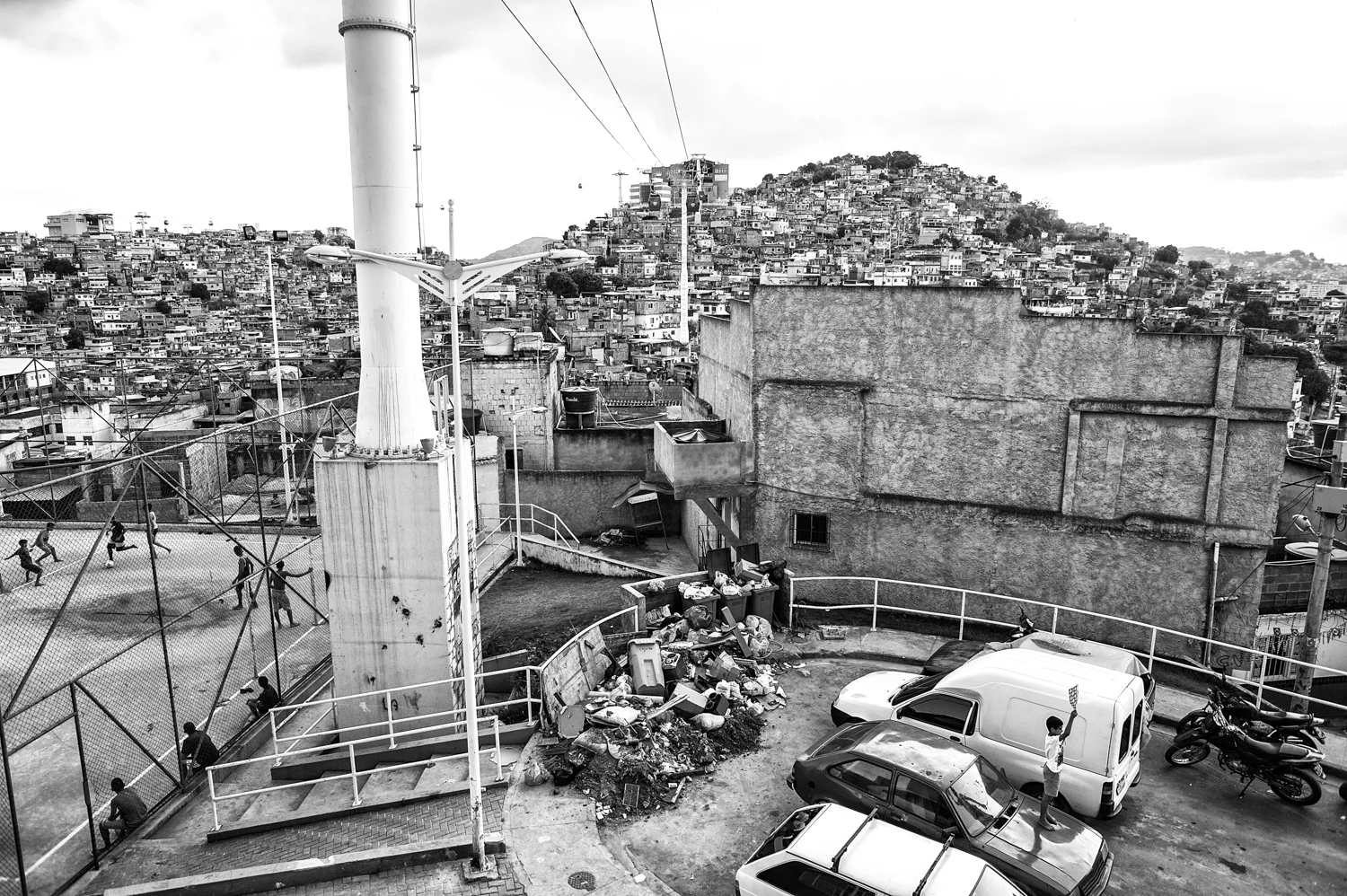
Complexo do Alemão, one of the largest favelas of Rio de Janeiro, seen by Teleferico station. This cable-propelled transit system funded with 120 million dollars by the federal government, is criticized by favela residents because the service is too expensive for them reducing it to a sort of touristic attraction.
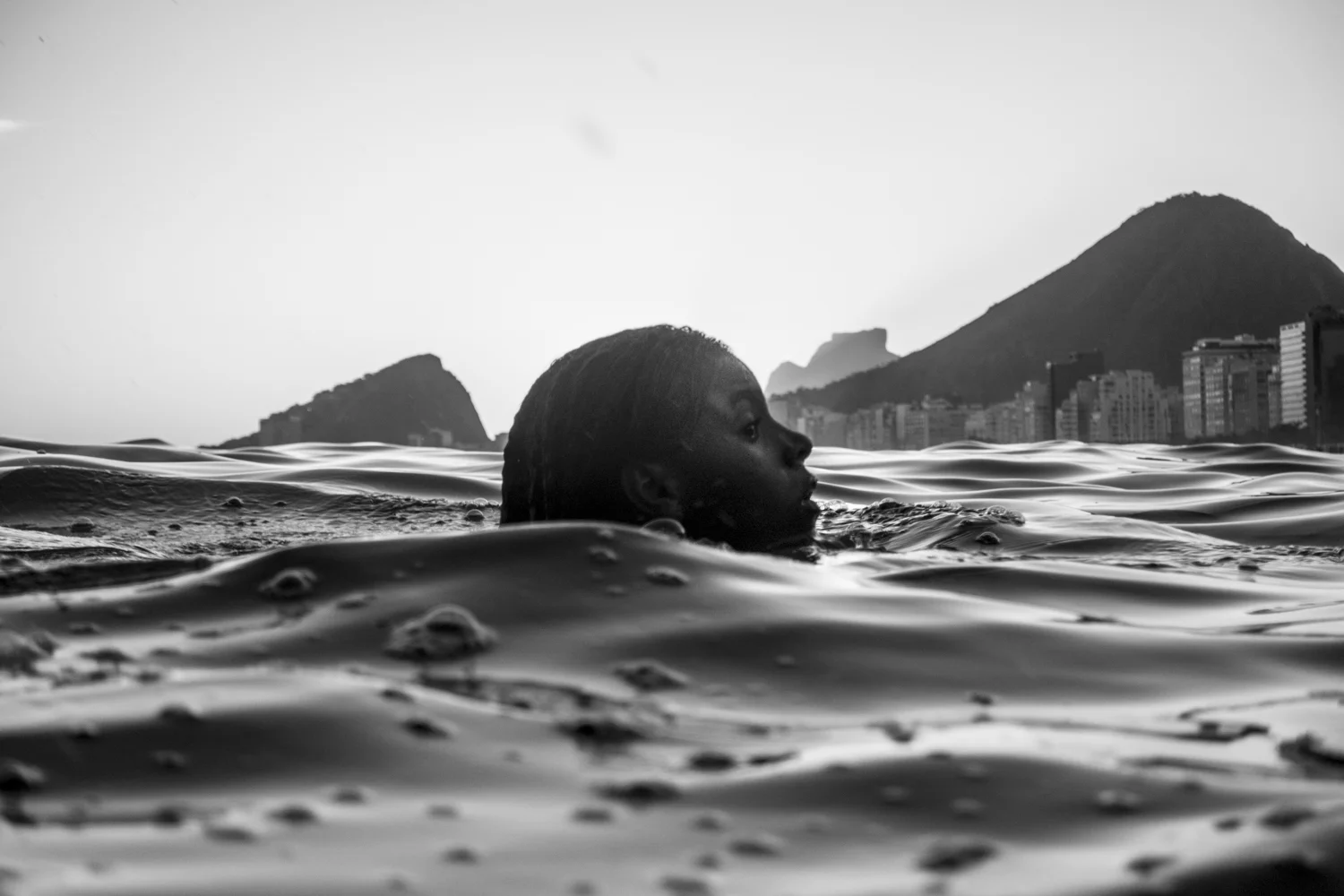
A little girl swim in Copacabana.
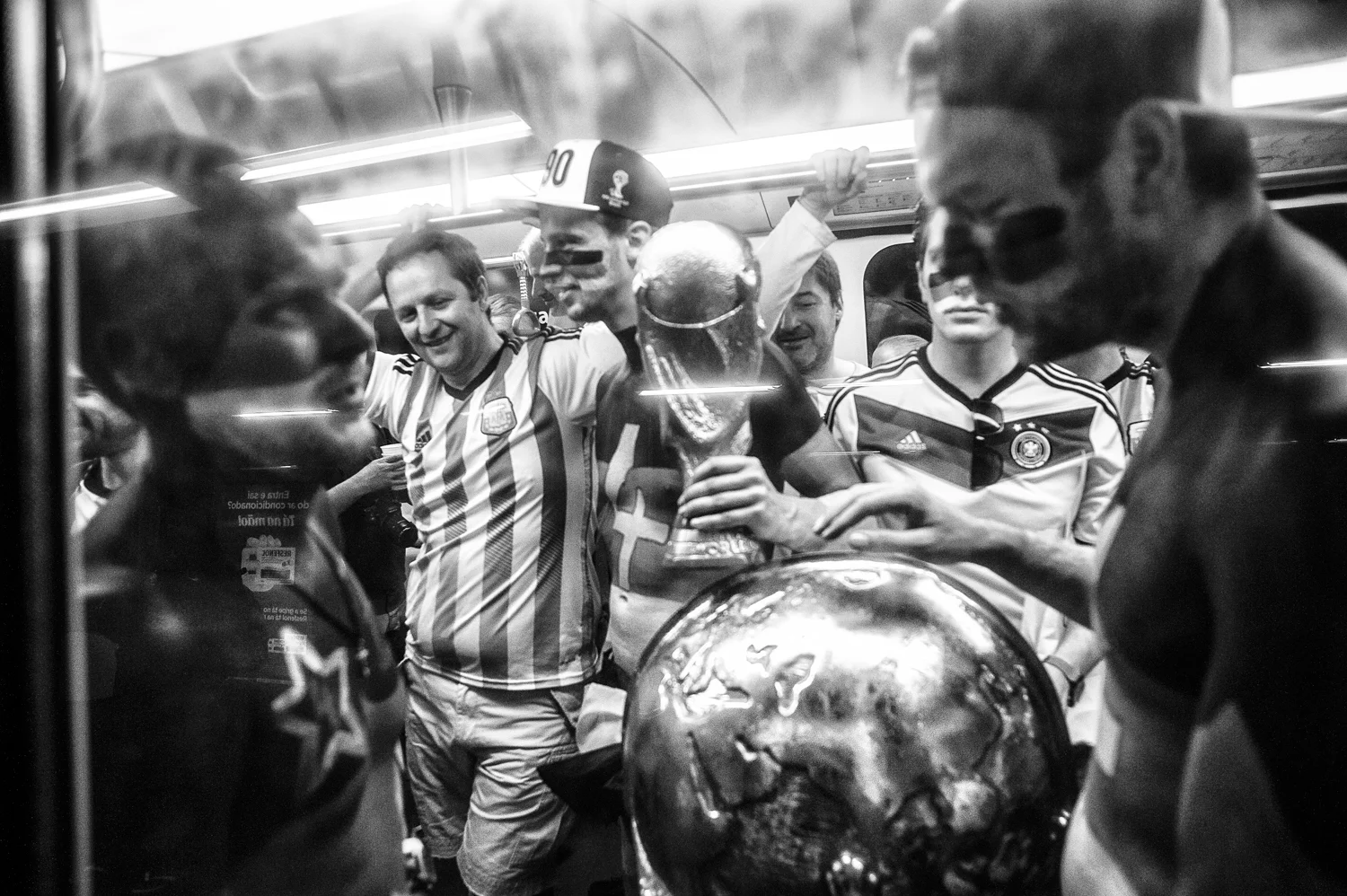
Inside the metrò of Rio de Janeiro, few stops from Maracanà stadium.
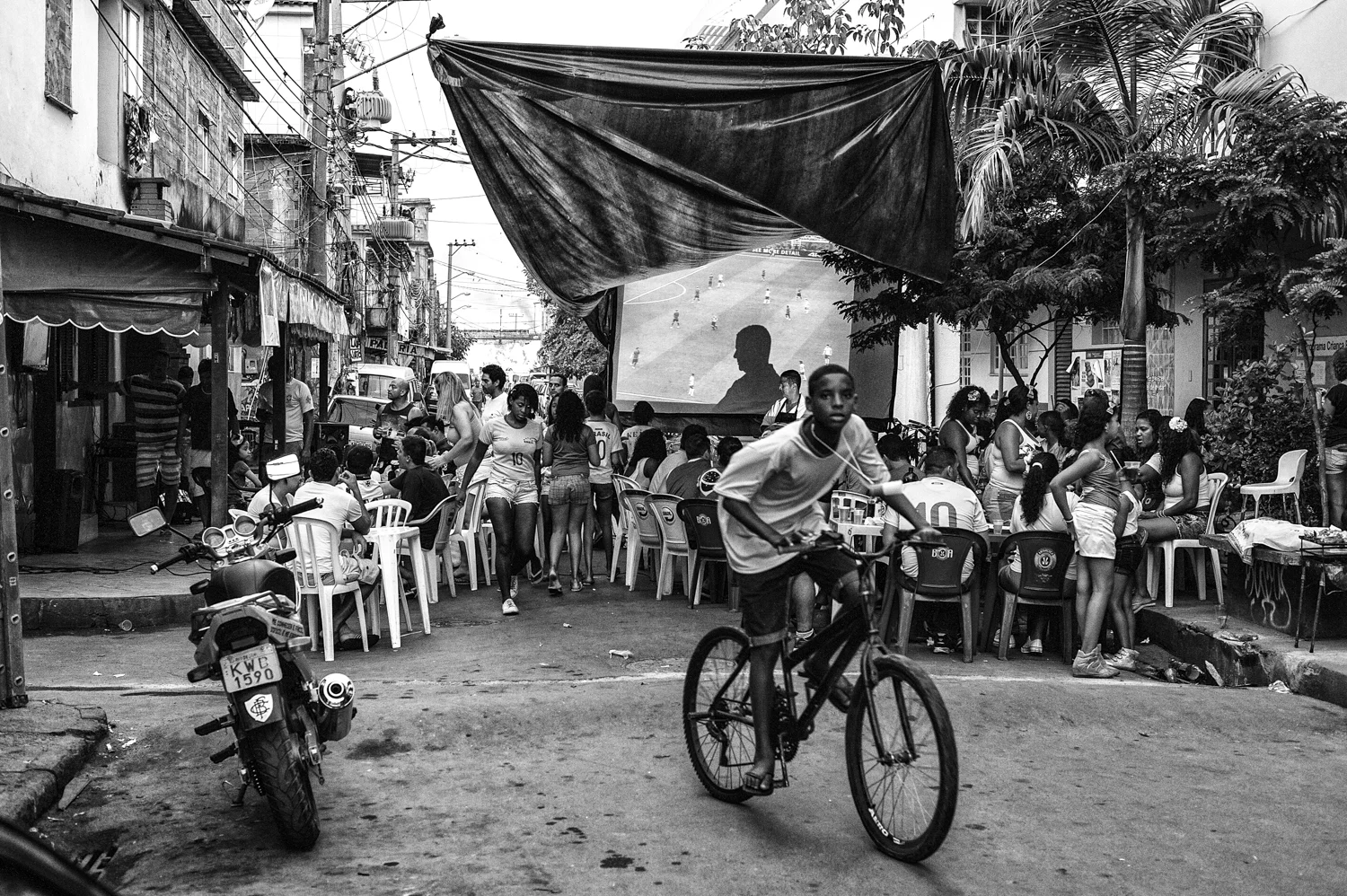
A giant screen is seen in the middle of a crucial street in favela of Complexo Maré, in order to watch a Brazil's World Cup match.

Anarchists are seen burning the brazilian flag after Copacabana exploited for Neymar's goal over Croatia, in the middle of the first World Cup match.

Enclosure panels covering the work in progress for the FIFA VIP arena, in the iconic beach of Copacabana. Substantial delays have characterized the most expensive World Cup ever, with some stadium completed days before their opening and some still incomplete public works projects

Tourists and locals are sitted together on the beach are watching the first minutes of World Cup 2014.
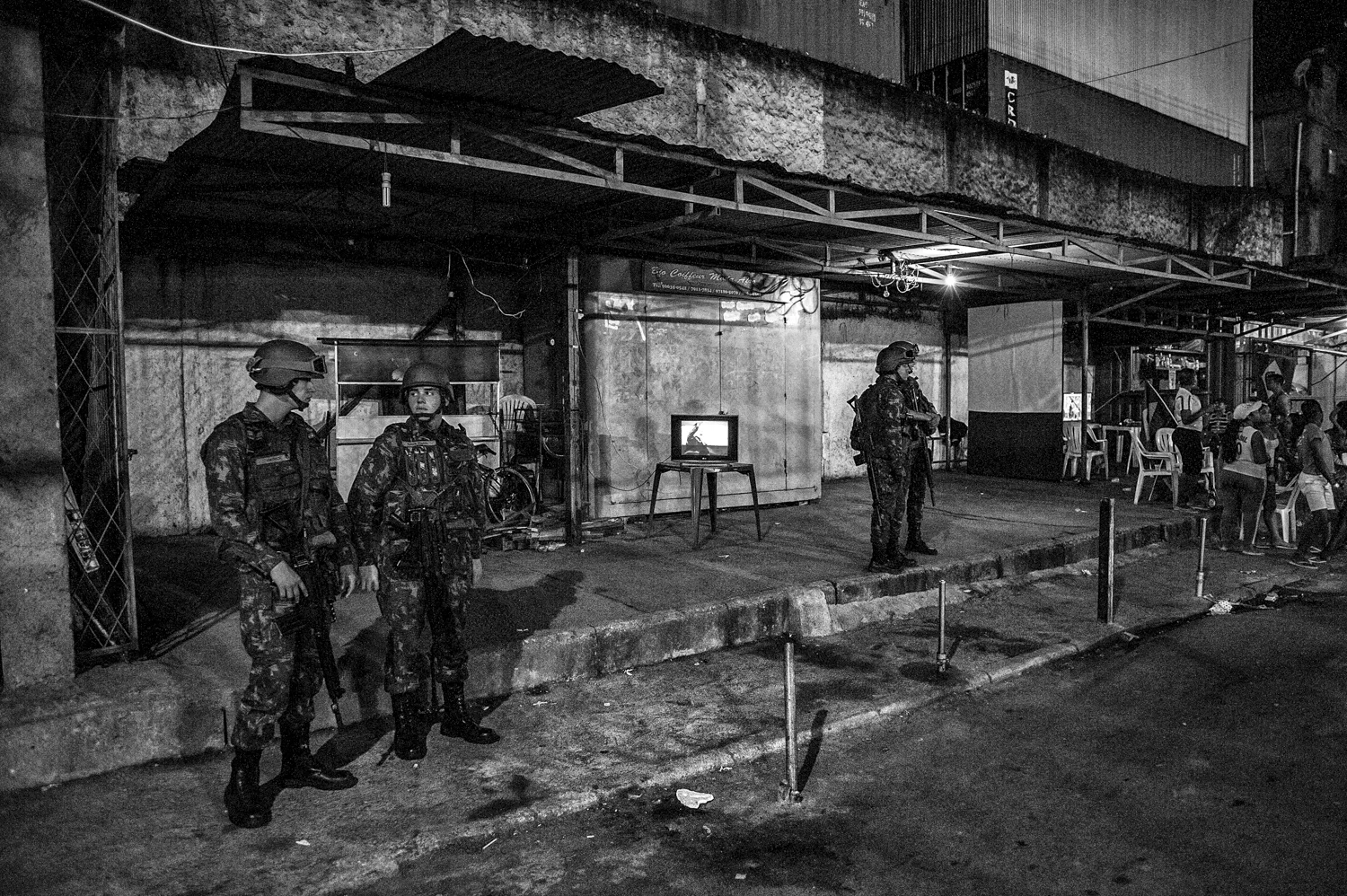
Militars are seen patroling inside Complexo da Marè, minutes after a World Cup match.
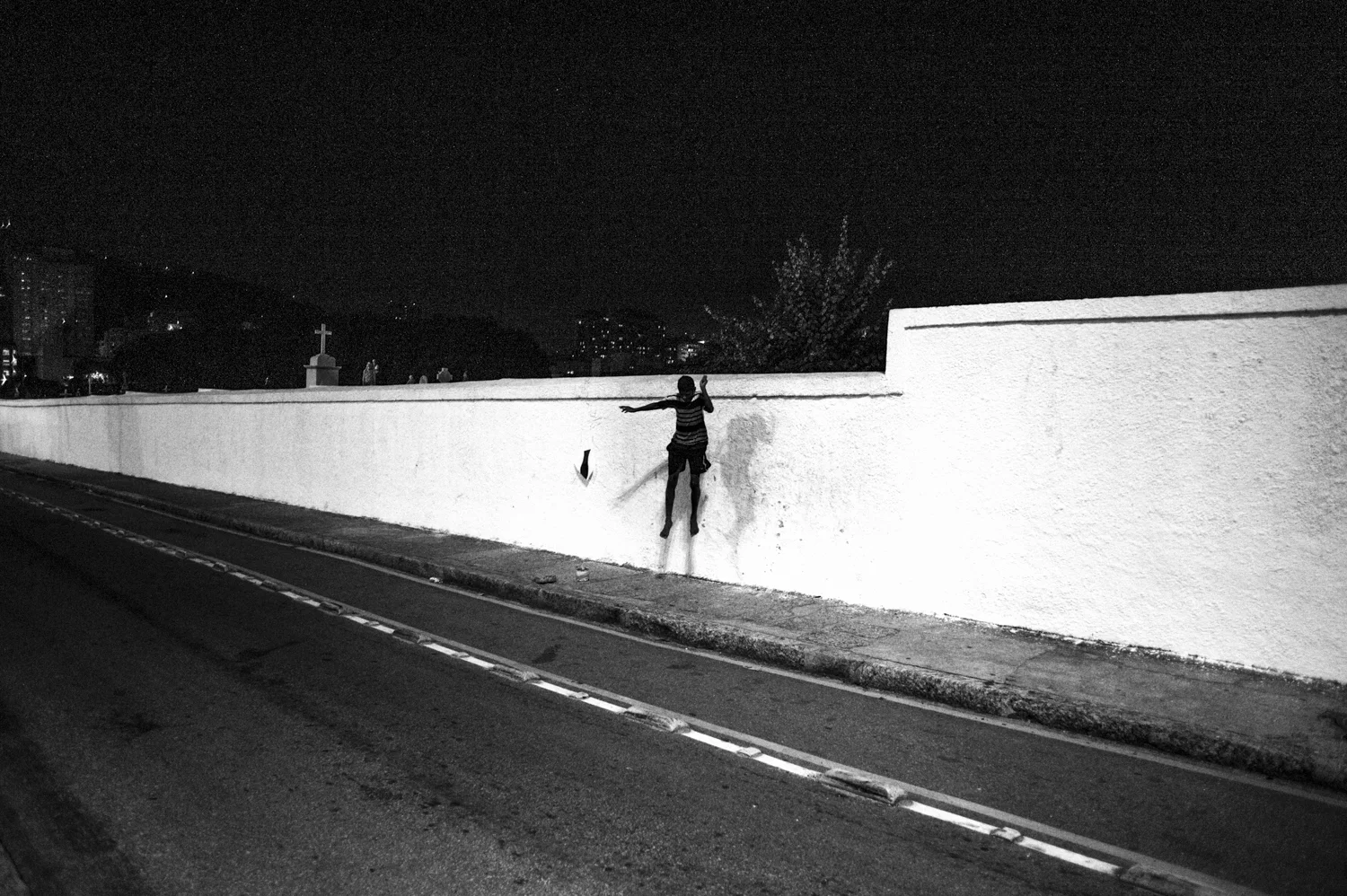
At night, a young guy with a kite jump off the Saint John the Baptist's Cemetery in Rio de Janeiro, Brazil. Dozens of young guys from Tabajara's favela started to play kite fighting inside the adjacent cemetery since the Pacifying Police Unite( UPP ) was installed in their former playground in order to wrest control from the local gangs ahead World Cup and Olympic Games. Kite fighting is one of Brazil’s most popular sports, especially in low income areas.

UnA Brazilian football team supporter getting enraged with anti World Cup protestors and then arrested by Military Police for a brawl broke in front of a Copacabana's restaurant.

Residents of Vila Cruzeiro's favela are gathered in a bar looking Brazil winning on penalties over Chile.
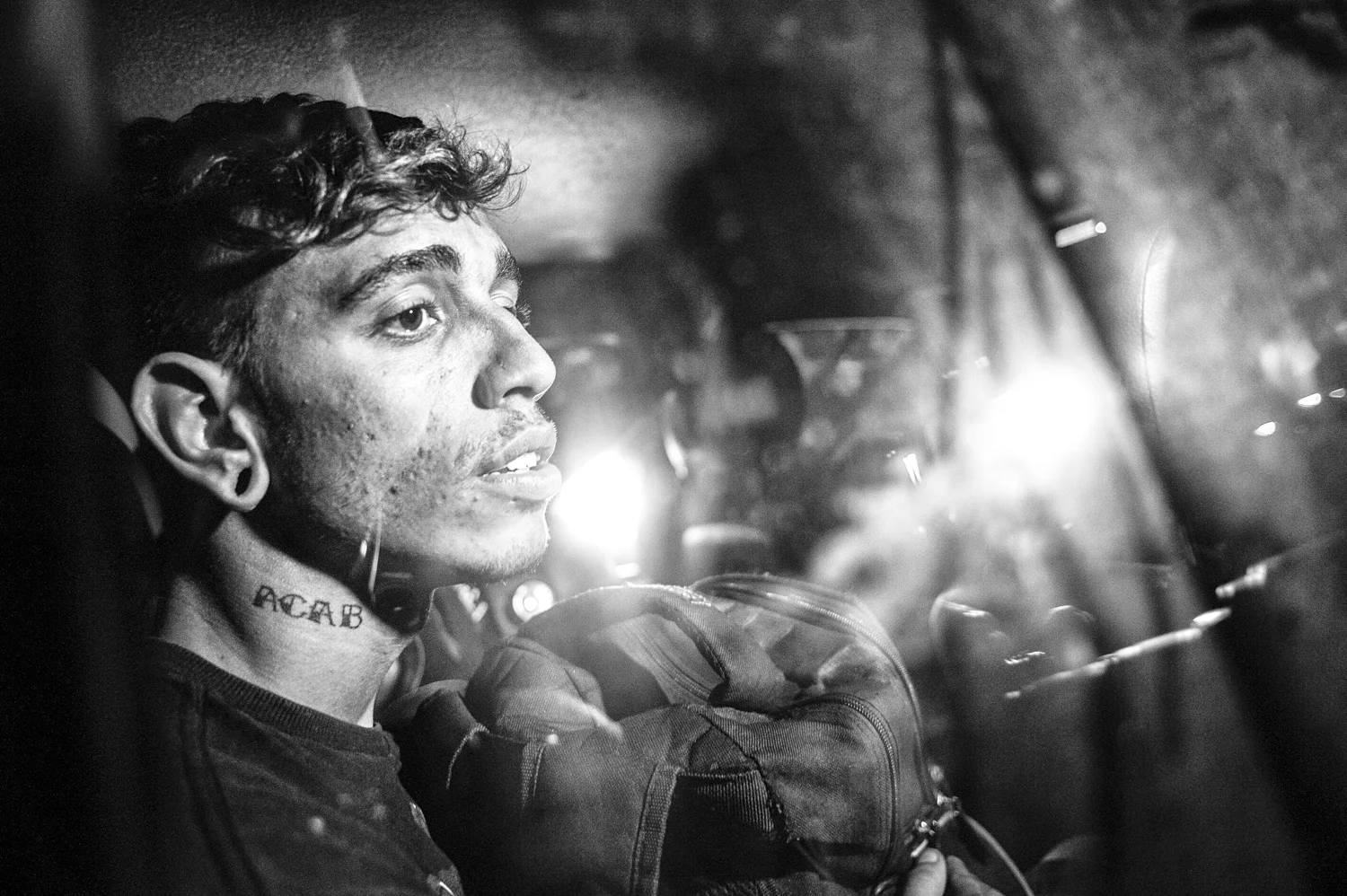
A young anarchic protester inside a police car, arrested during an anti World Cup riot in Rio de Janeiro in this June 4th, 2014.
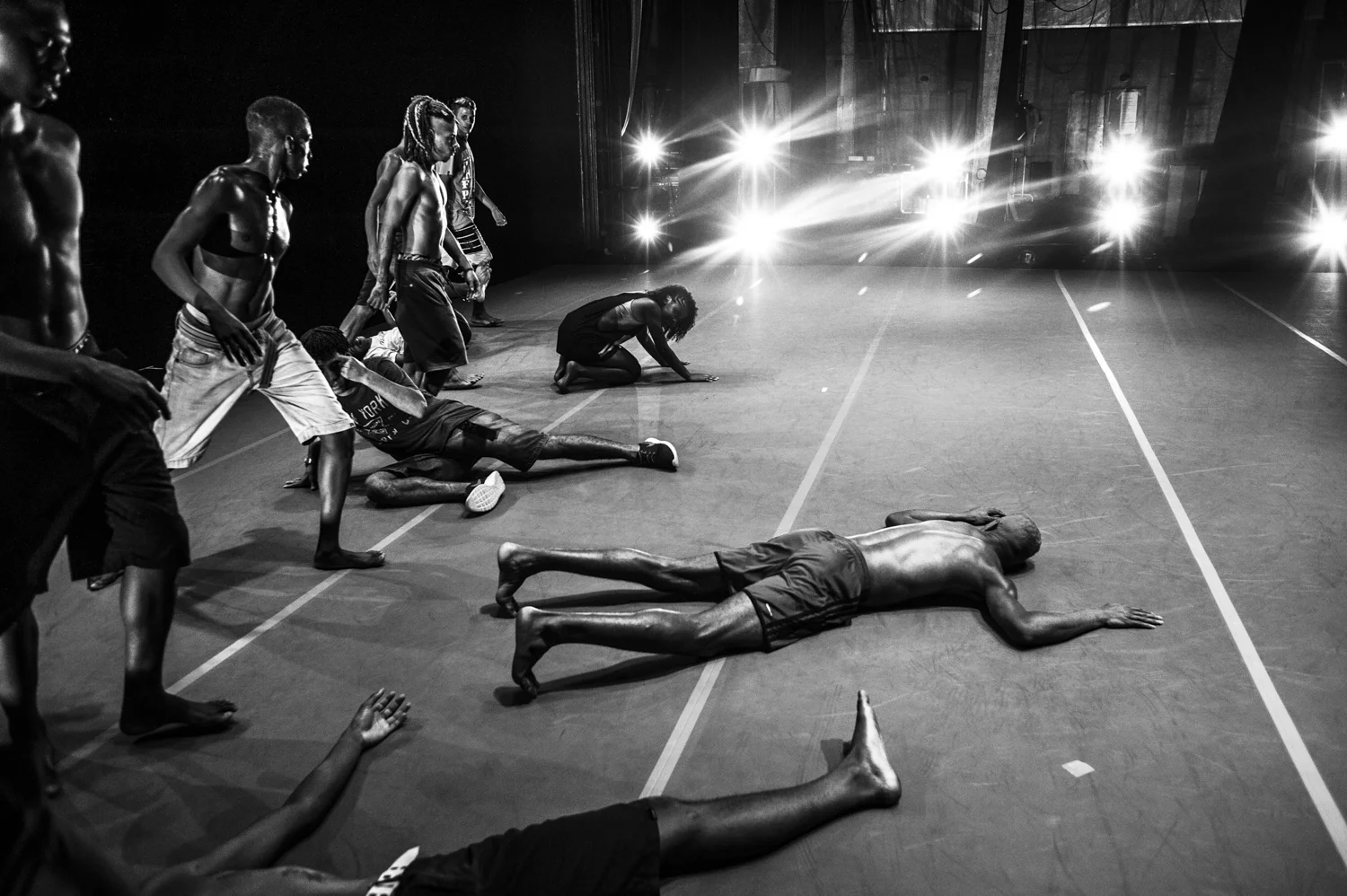
Rehearsal before a passinho show in Joao Caetano theatre (Rio de Janeiro), a rare opportunity for interaction between the culture of the favela and the middle class Brazilian who rushes to discover this new dance, a blend between samba and breakdance.
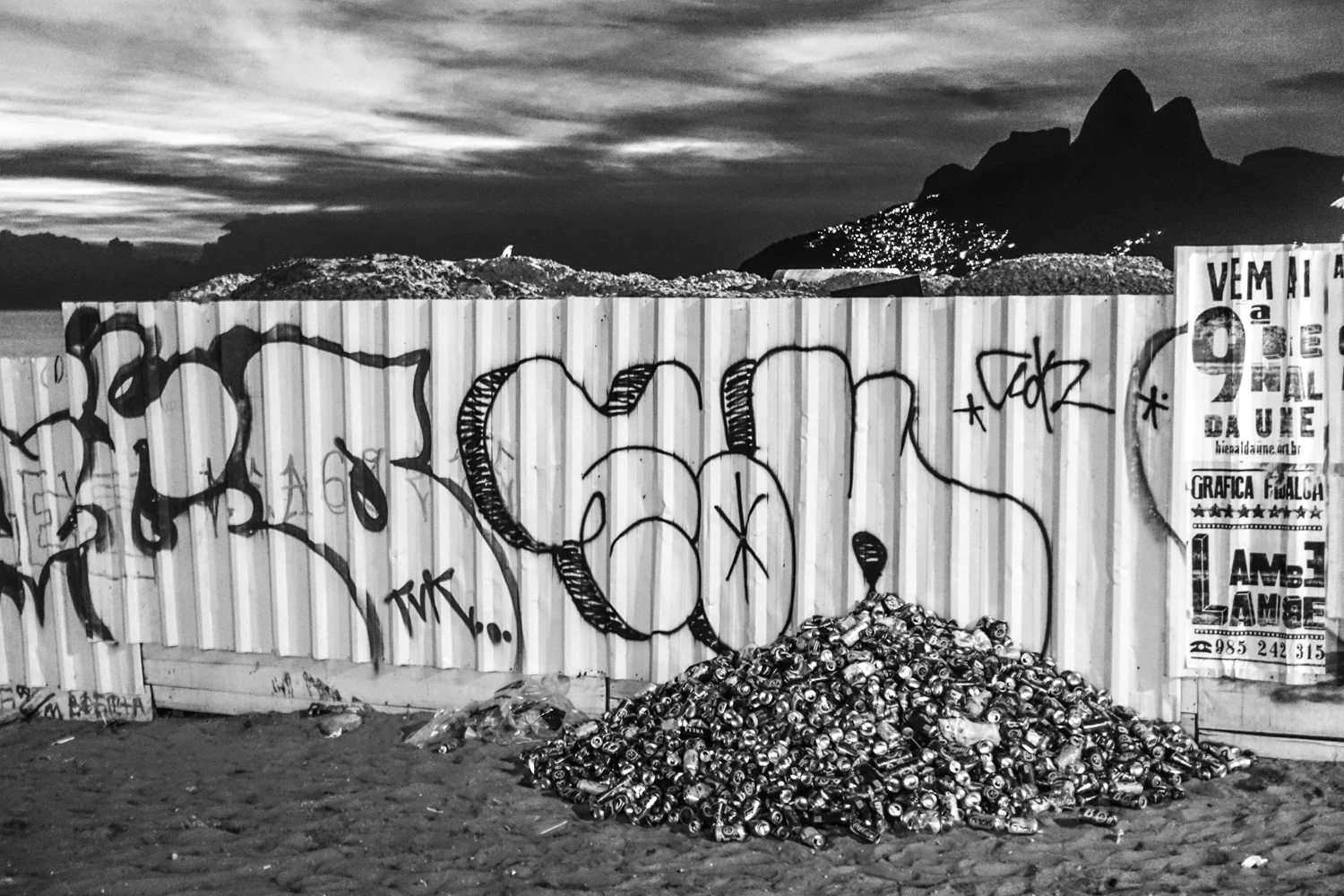
A bundle of beer cans is seen on the beach of Ipanema, Rio de Janeiro.
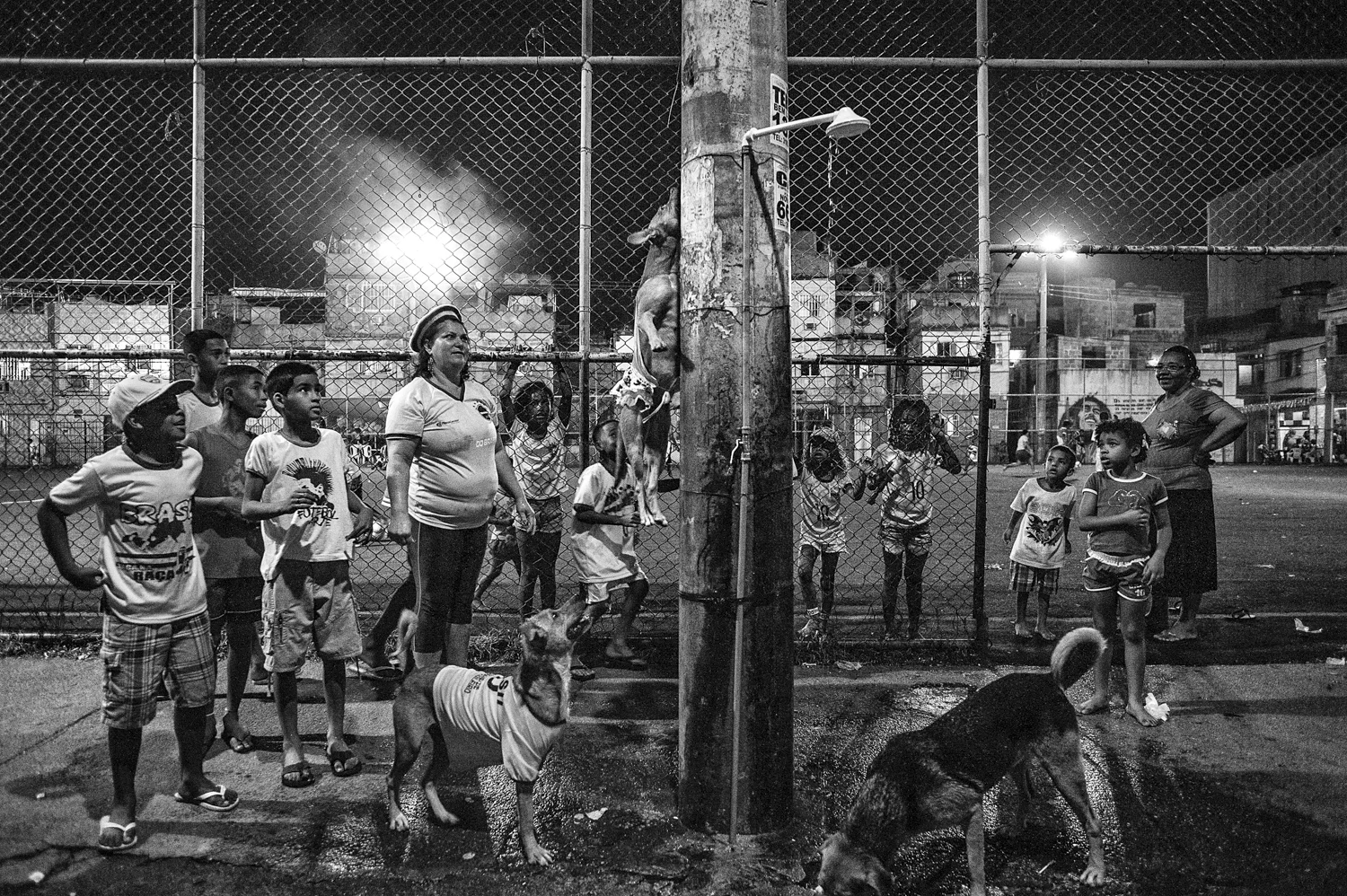
A pit bull making tricks for the childrens of Complexo da Marè, North zone of Rio de Janeiro.
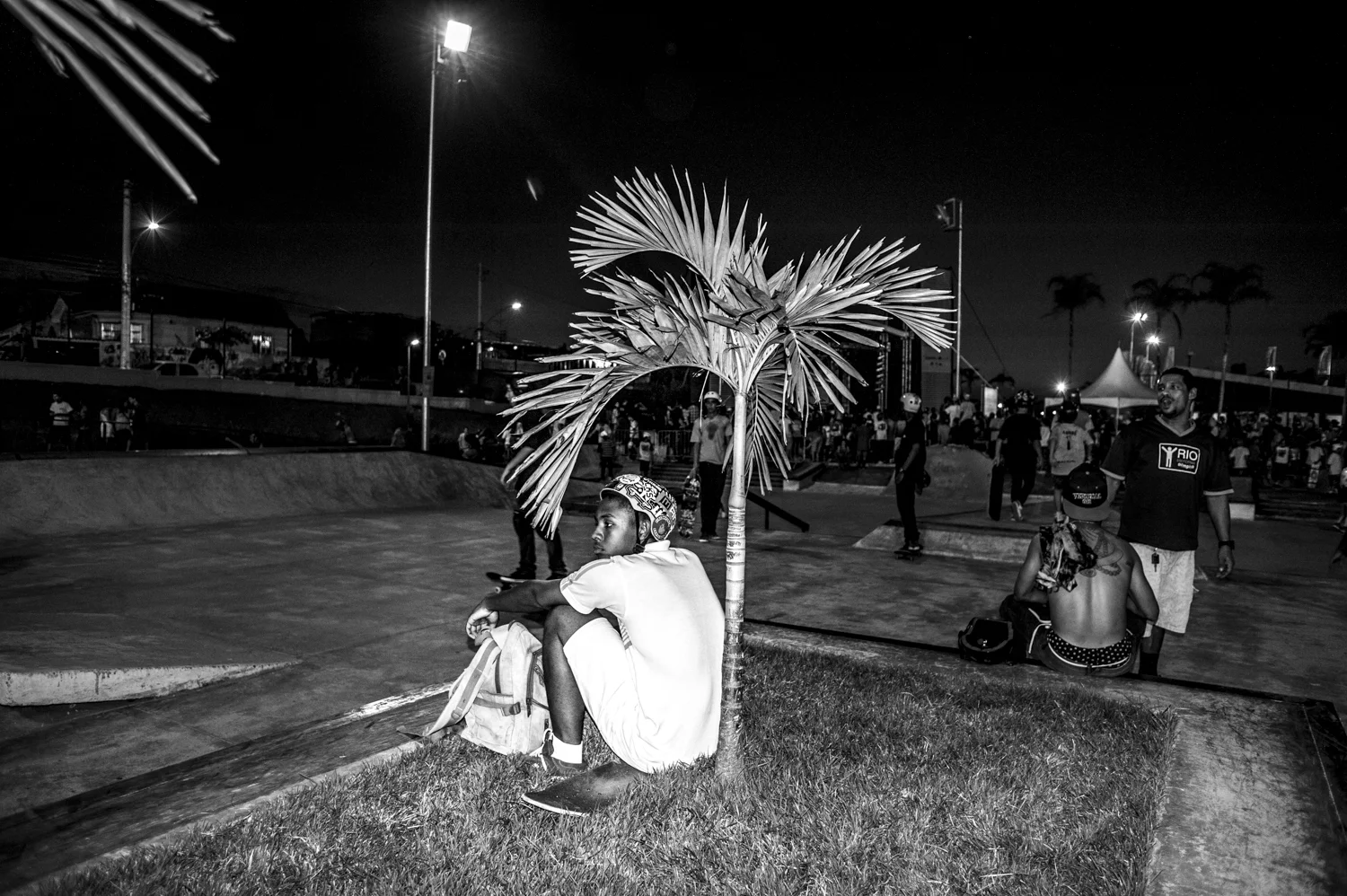
A young guy look at other skaters inside Parque da Madureira, the main point of aggregation for thousands of young guys coming from the northern areas of Rio de Janeiro.
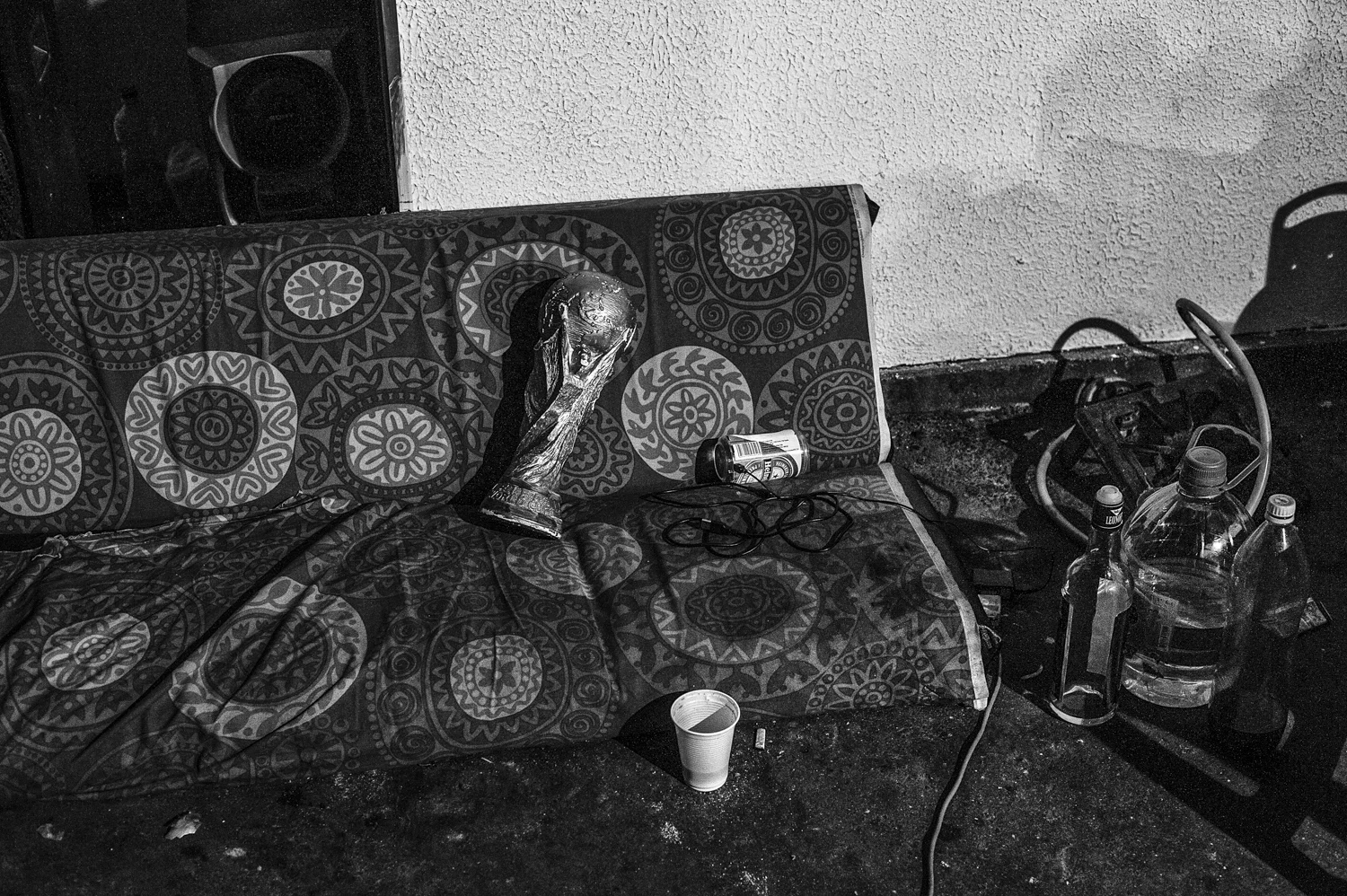
Una riproduzione della coppa del mondo. In quei giorni i venditori di strada le utilizzavano per proporre foto ricordo ai turisti.
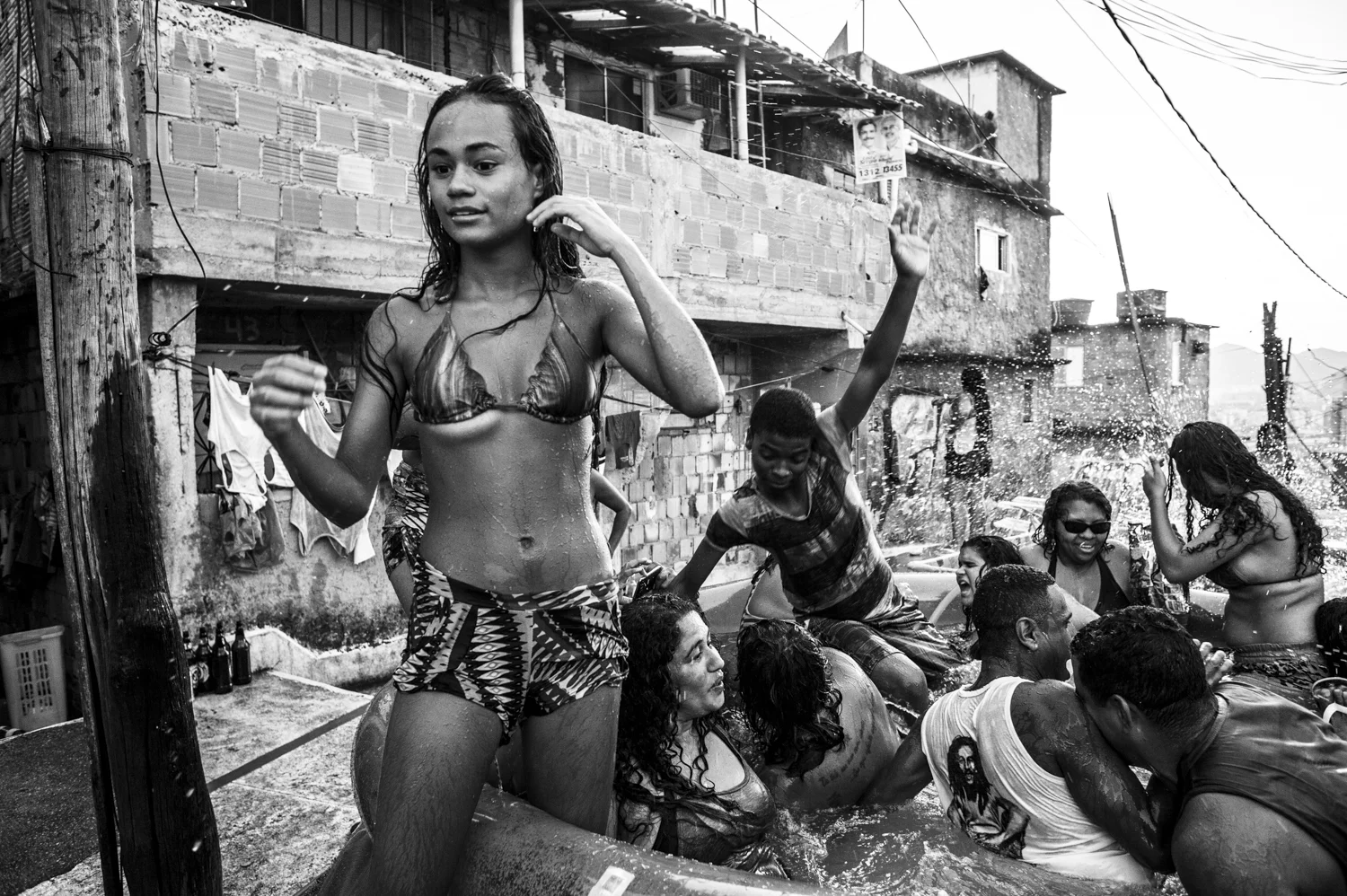
On a hot Sunday, residents of favela da Providença are seen playing in a inflatable pool positioned in the hearth of the first slum of Rio de Janeiro.
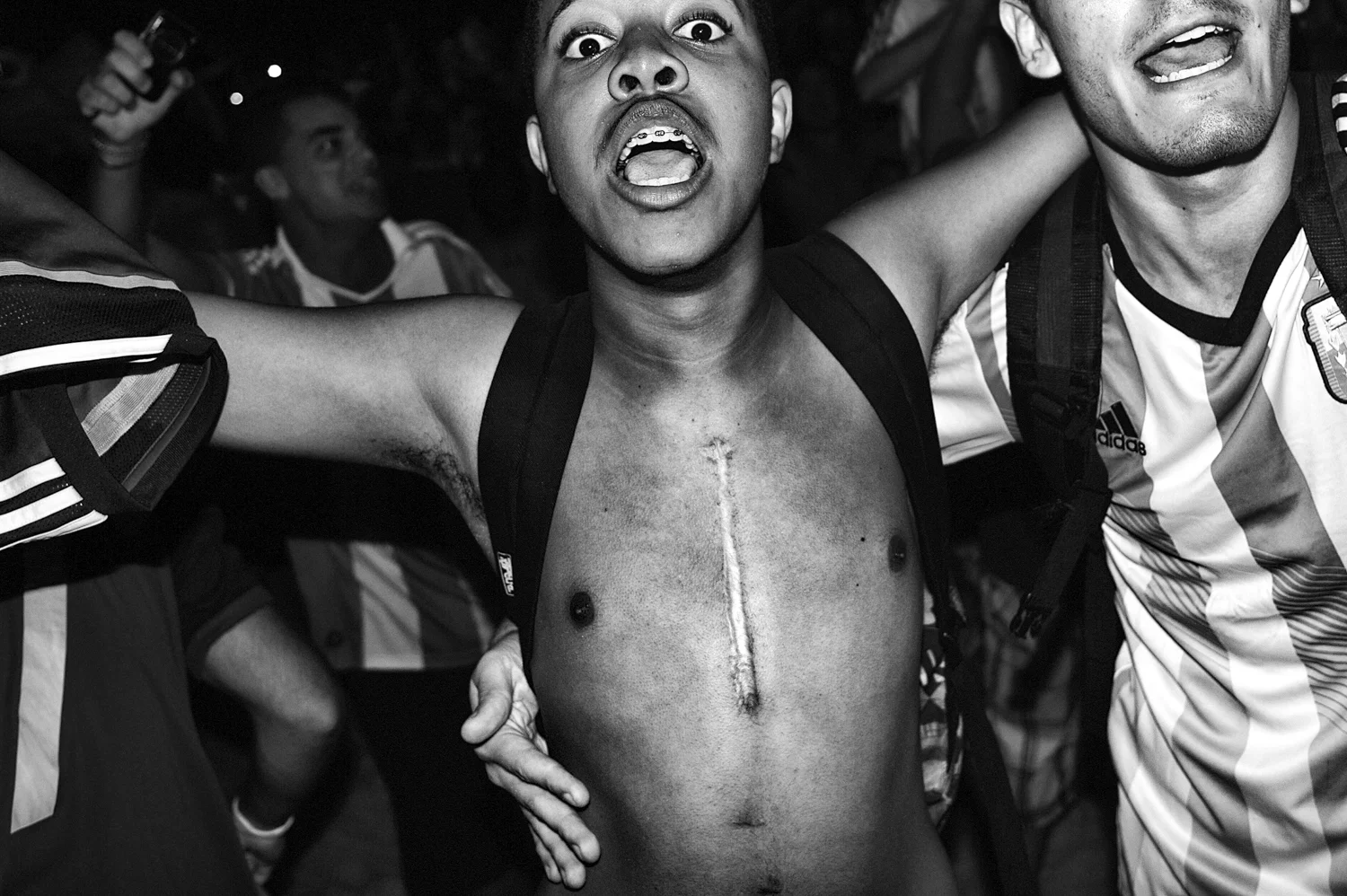
A brazilian guy is seen supporting Argentina in the World Cup final match, then gained by Germany in this July 7th, 2014.

The Christ the Redeemer overlooking the city of Rio de Janeiro, the night before the historical defeat of brazilian Seleção.





















